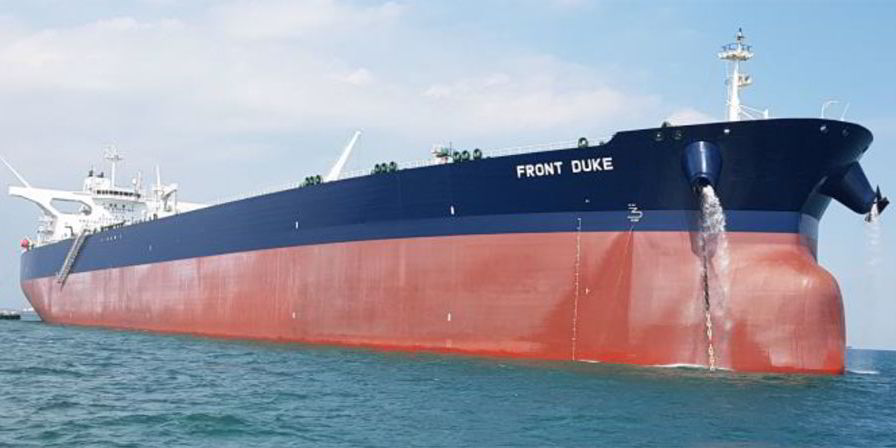McQuilling Partners says a deal to cut crude production and global de-stocking of oil inventories will result in a "down year for owners of all tanker classes." Likewise, the brokerage sees tonne-mile demand as largely tepid over the next five years.
Amid lower rates and shipyards ready to pounce on any order, McQuilling also sees a tough year for vessel prices with lower average prices across both clean and dirty tankers.
The sobering assessment in its "2017-2021 Tanker Market Outlook" echoes views offered earlier today in London by Euronav chief Paddy Rodgers, who suggested that owners will "have to suck it up, accept the lower rates and go shopping" this year.
Growth less than 1%
The International Energy Agency says that overall crude demand will show modest growth this year of around 1.32 million barrels per day, still driven largely by the world's developing nations.
Tanker owners such as Euronav have generally seen that level of demand able to absorb about 40 VLCCs. This year's orderbook stands at about 43, according to the latest Clarksons count.
But amid a planned cut in world oil output of some 1.8 million barrels per day through June and customers forced to draw more on their own inventories, tonne-mile demand growth will be 0.3% this year, McQuilling says.
Over its five-year forecast period, tonne-mile demand on the dirty fleet will only rise 0.7% on an annual basis. In contrast, tonne-mile demand for the dirty fleet rose close to 5% between 2015 and 2016.
McQuilling expects VLCC spot earnings of $27,000 per day this year. VLCC rates averaged $29,972 per day last year, according to Baltic Exchange assessments. VLCCs on one- and three-year time charters may average $30,000 per day and $32,000 per day this year.
Lower earnings will translate into lower prices with McQuilling seeing a five-year old VLCC valued at around $59m, a 14% decrease from the 2016 average.
Modern suezmax tankers will likely fetch $38m this year, but values for those vessels may pick up amid a boost in earnings with McQuilling seeing $51m as earnings improve. Panamax tanker values are likely to fall to $20m in 2017, with further depreciation expected to 2021.
Clean tanker rates flat
The medium-range (MR) tankers in the Atlantic Basin triangulated trade could earn $12,400 per day this year, McQuillng says. That would be about flat with last year's average of $12,389 per day, according to Baltic assessments.
Clean tanker tonne-mile demand saw strong growth in 2016 at 7%, thanks to a surge in new export oriented refineries in the Middle East and India, along with the ongoing strength in US clean product exports.
But McQuilling says clean product tonne-mile demand will only have a "marginal increase" of 0.22% this year.
Vessel values will take a hit as a result. A five-year old long-range 2 (LR2) tanker will have an average price of $30.5m, a 33% drop from last year. LR1 tankers are expected to decline 20% to $25.9m. MR2 tanker values are likely to fall 22% to $20.5m, but McQuilling says a recovery to 2016 levels is expected to occur in the medium term.
But 2017 may be a trough as McQuilling says "earnings in 2018 are expected to improve slightly across all tanker segments, given a decelerating supply outlook and increasing oil supply."



